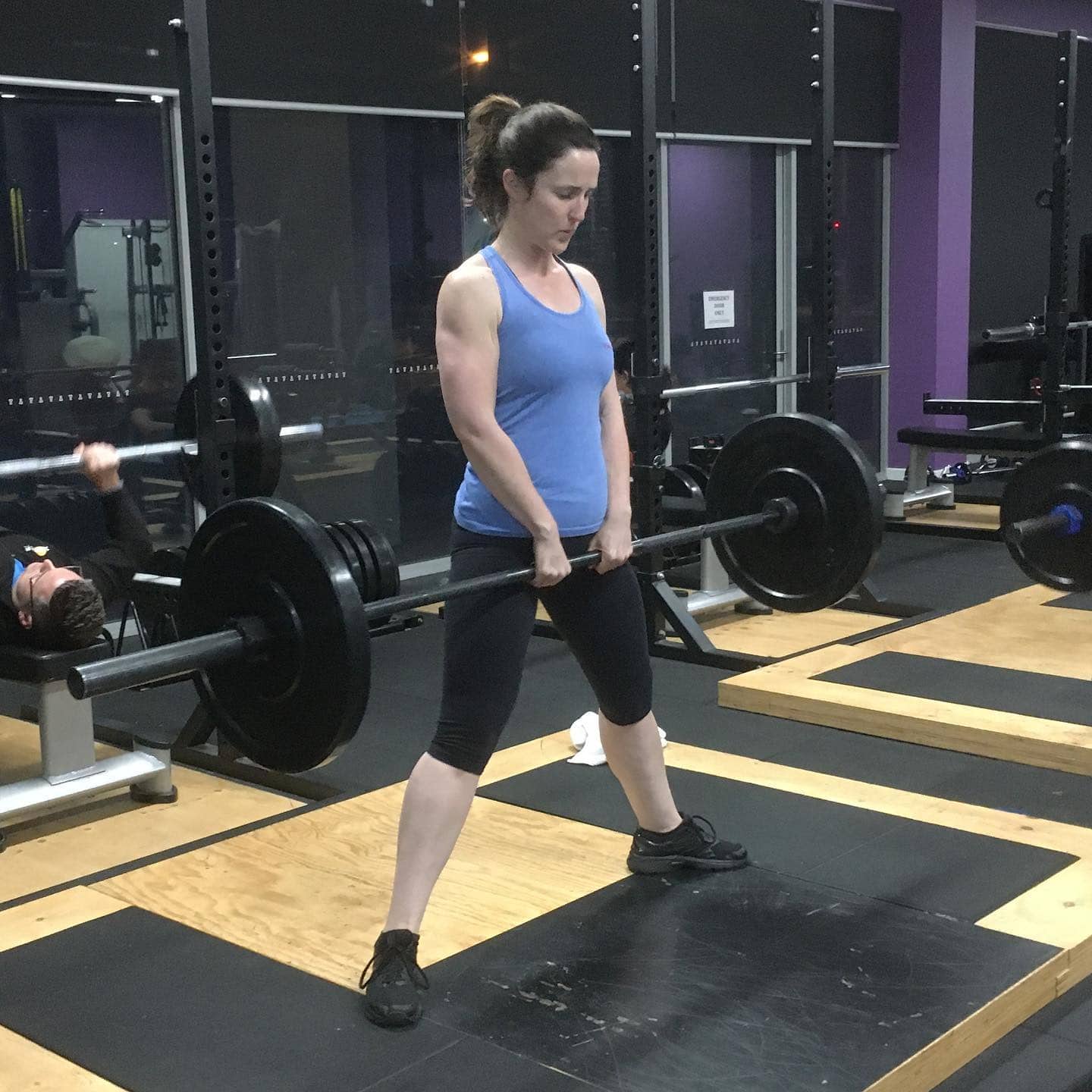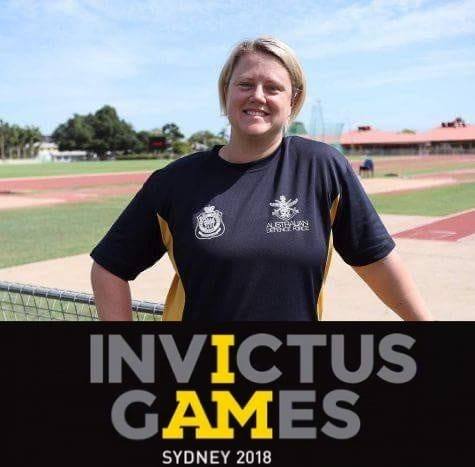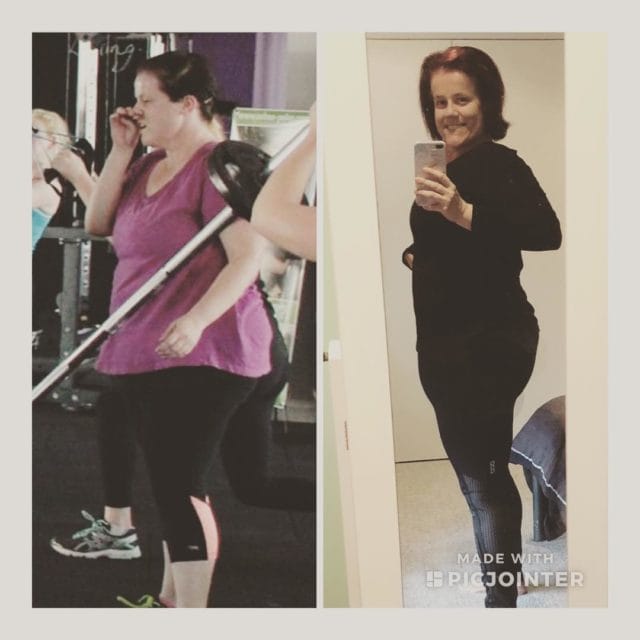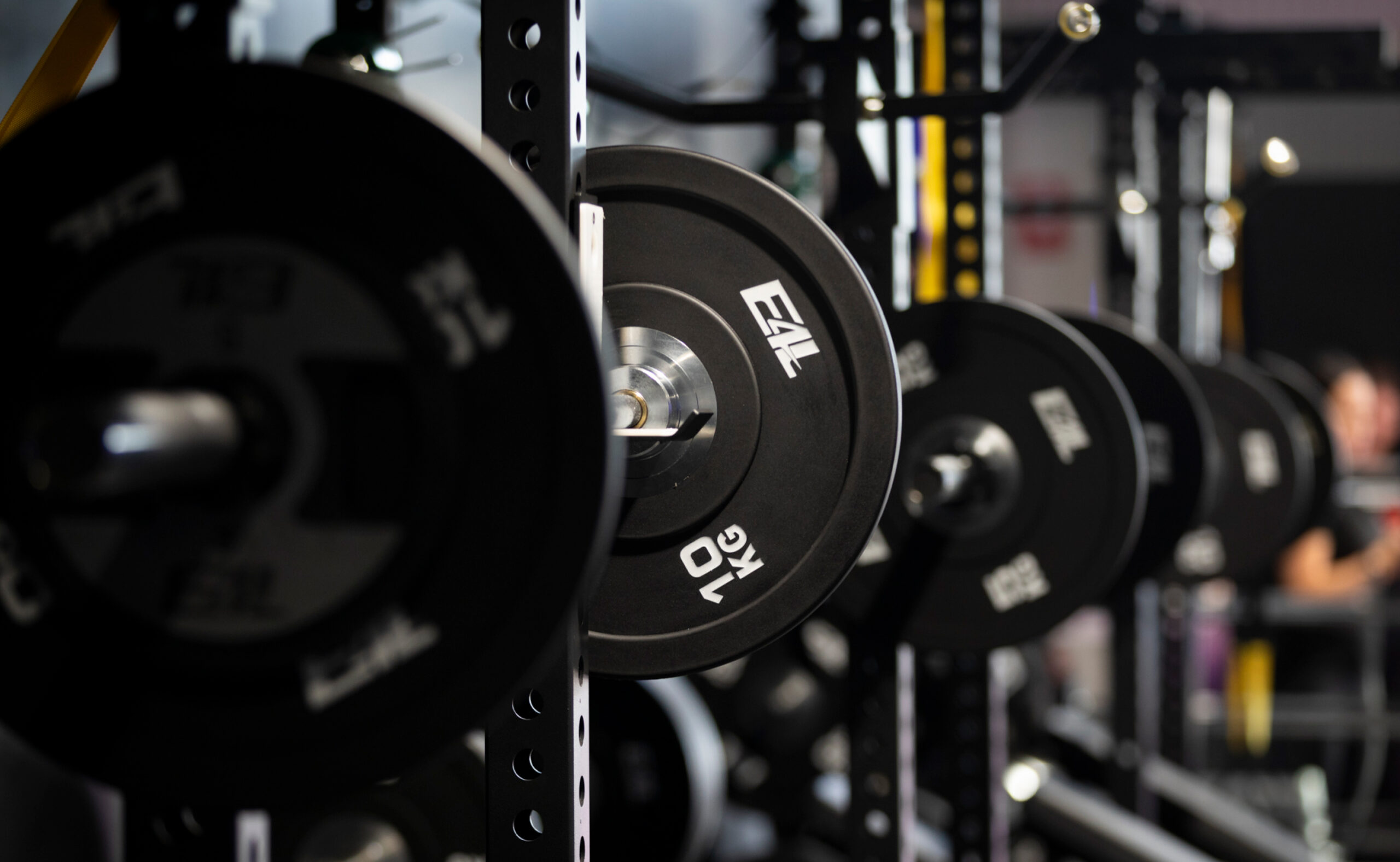Setting realistic and attainable fitness goals doesn’t need to feel overwhelming. You don’t have to aim for drastic, life-altering changes right away. Real transformation happens gradually. What is the first step to setting a physical fitness goal? Embracing the journey and deciding to start. As we go through life, we set goals, achieve some, and re-evaluate others.
It’s about evolving and setting new targets that align with our personal growth and overall well-being. So, what is the first step to setting a physical fitness goal? Recognising that it all begins with a single step and taking action to improve your health benefits.
Table of Contents: First Step to Setting a Physical Fitness Goal

Why We Sometimes Don’t Achieve Our Goals
Let’s face it: sometimes we stumble on the path to achieving goals. This is normal and doesn’t mean you’ve failed. It simply means it’s time to pause, reflect, and understand what might be holding us back. Could it be that we’ve lost momentum and stopped taking daily actions that move us forward?
Maybe the goal itself has lost its appeal, and our priorities have shifted. Or, maybe we set deadlines that were not realistic for our current lifestyle. Perhaps we haven’t clearly defined the steps needed, or maybe we need more information to proceed.
There’s also the reality that life throws curveballs—unexpected events that require our attention and may cause us to re-evaluate our commitments. The key is to remember we are in control. It’s about acknowledging our choices and understanding that with the right mindset, we can find a way to navigate these challenges.
Embracing the Process and Taking Ownership
It’s crucial to understand that stumbling blocks are a part of growth. They don’t define us. It’s okay to adjust our course, start again, or even set a brand-new goal entirely—as long as we’ve genuinely tried our best. If you hit a roadblock, realign, regroup, and keep moving forward.
Don’t let one setback derail your entire fitness journey. View challenges as opportunities for learning and growth. Remember, achieving lasting change takes time and effort.
True success isn’t a finish line but a continuous journey of striving for a healthier lifestyle. Each step you take brings you closer to your goals, even if it doesn’t feel like it at the moment. Embrace the process, stay committed, and celebrate your progress along the way.
Defining Your Fitness Goals
The initial step in creating an effective exercise program is understanding what you aim to achieve. It’s more than just saying, “I want to lose weight” or “I want to build muscle.” It involves a deeper dive into why these goals are important and how they align with your aspirations.
Outcome Goals vs. Process Goals: Where to Begin?
Many people set fitness goals but fail to differentiate between outcome goals and process goals. This is a common pitfall that can lead to frustration and, ultimately, giving up altogether.
An outcome goal is the desired result. For example, losing 10 pounds, running a 5k, or fitting into a specific dress size. While having an outcome goal provides direction, it’s the process goals that pave the path to success. A process goal is what you will consistently do to reach the desired outcome.
Here’s a simple way to differentiate:
| Outcome Goal |
Process Goal |
| Lose 10 pounds. |
Consistently follow a balanced meal plan and exercise 4 times a week. |
| Run a 5k race. |
Gradually increase running distance and participate in weekly training runs. |
Assessing Your Fitness Level
Before you begin any new workout regimen, it’s wise to consult a healthcare professional, especially if you’re over 40, overweight, or managing any chronic medical conditions. Additionally, evaluating your current fitness level will help tailor a plan best suited for you. Take the time to consider these questions. This way, you are setting realistic fitness goals:
- What’s your target heart rate before and right after walking one mile?
- How long does it take to walk a mile? Could you run 1.5 miles, and if so, how long would that take?
- How many pushups can you do in a row?
- Test your flexibility: When sitting down with your legs straight in front of you, how far can you reach towards your toes?
- What’s your waist circumference right above your hipbones?
- Calculate your body mass index (BMI), which considers your height and weight.
Why It Matters: Creating SMART Goals
SMART goals help provide clarity, focus and increase your likelihood of sticking with your fitness journey. Start with an attainable goal, like adding 2-3 days of physical activities to your weekly routine.
Remember, setting SMART goals doesn’t have to be a solo endeavor. A certified personal trainer or fitness professional can help you determine the best plan. They can provide insights based on your individual circumstances and aspirations.
Designing Your Fitness Program: What You Need to Consider
Think of your exercise program as a roadmap—a detailed guide outlining how you’ll reach your desired destination. Are you primarily focused on weight loss, enhancing your overall fitness, training for a particular event, or a combination? Clarifying your objectives is crucial for gauging progress and staying motivated.
Key Elements to Include in Your Fitness Program
Designing a fitness routine should include creating a balanced program incorporating diverse exercises, setting achievable objectives, and listening to your body. Consider strength training to help you build lean muscle. The Mayo Clinic suggests these additional strategies for designing an effective fitness program:
- **Start Slow, Progress Gradually.** Don’t expect to go from zero to hero overnight. Gradually increasing intensity or workout duration over time is essential for minimising the risk of injuries.
- **Incorporate Different Activities:** Variety is key to preventing workout boredom and ensuring that all muscle groups are engaged.
- **High-Intensity Interval Training (HIIT).** Integrating short bursts of intense exercise followed by brief recovery periods can effectively boost metabolism.
- **Listen to Your Body.** While consistency is important, be mindful of your body’s cues. Rest when you need to recover adequately to prevent injuries.
Remember, life can disrupt even the best-laid plans. Anticipate potential interruptions like vacations or unexpected events, and adapt your routine. Maybe you can’t stick to your usual intense workout during a trip. Instead, opt for brisk walks, explore the hotel gym, or try out a new fitness class. Don’t be afraid to change things up.
The Importance of Mindset in Fitness
While physical exertion is important, a positive mental attitude towards your fitness journey can influence your success just as much as the workouts. So, along with choosing the right fitness goals, exercise plan, and diet plan, focusing on these mental aspects can significantly impact your results.
Visualisation and Motivation
Visualisation isn’t just some mystical practice but a powerful tool employed by successful athletes and individuals from various fields. Seeing yourself accomplishing your fitness goals, whether it’s crossing that finish line, lifting heavier weights, or simply feeling more confident and energetic, can positively impact your subconscious. You’ll naturally be more inclined to make healthier choices throughout the day, including adding moderate aerobic activity to your daily routine.
Motivation ebbs and flows; that’s just part of life. It can also fluctuate due to external stressors, lack of visible progress, or feeling overwhelmed by the entire process. That’s why relying solely on fleeting motivation is rarely effective in the long run. Building consistency through routine and focusing on enjoying each step will sustain motivation in the long term.

Conclusion: First Step to Setting a Physical Fitness Goal
What is the first step to setting a physical fitness goal? It boils down to defining a clear objective. It requires distinguishing between the desired end goal and the actions you’re ready to take to get there. Evaluate what you’re willing to invest—emotionally, mentally, physically, and even financially—because reaping the benefits of better health often requires investing in the process.
Remember, sustainable fitness is about continuous self-improvement, not a finish line. As you work toward your objectives, embrace the journey and enjoy each milestone along the way.
_________________
Elements4Life is an opportunity to enhance your fitness and lifestyle. engage in our SmartTeam training system or engage with a FocusPT coach to optimise your results.
Get started at Elements4Life and #Train4Life.
Learn more and sign up today at www.elements4life.com.au.
GYM MEMBERSHIPS HERE










 ‘Service’ defined as ‘the action of helping or doing work for someone’ - the service that Elements 4 Life provides goes beyond this. The coaches are genuine, their approach to training is exciting and progressive, you will be supported and challenged to be the best version of yourself – mind and body. Then there’s the amazing people, our E4L community, this is what makes the gym so unique to all the other gyms I’ve been a member of.
‘Service’ defined as ‘the action of helping or doing work for someone’ - the service that Elements 4 Life provides goes beyond this. The coaches are genuine, their approach to training is exciting and progressive, you will be supported and challenged to be the best version of yourself – mind and body. Then there’s the amazing people, our E4L community, this is what makes the gym so unique to all the other gyms I’ve been a member of. 





